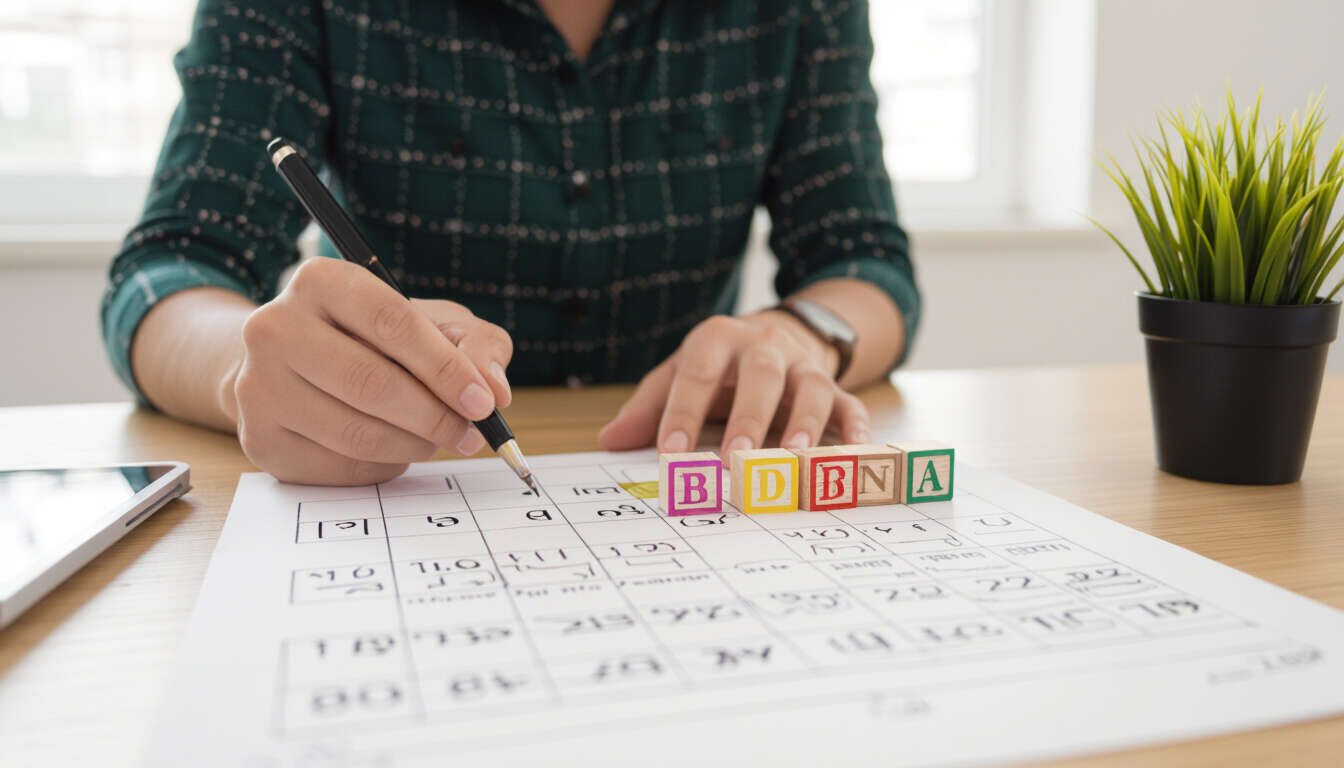Time Blocking Strategies for Managing ADHD
 by Verner Mayer
by Verner Mayer
Discover how time blocking can help with ADHD by creating structured routines that build focus and reduce overwhelm. This approach offers practical ways to organize daily tasks, making productivity more achievable for adults and young adults.

Many people with ADHD find daily tasks challenging due to difficulties with focus and organization. Time blocking is a helpful method that divides the day into set periods for specific activities. This can make managing responsibilities easier and less stressful.
One key advantage of time blocking is that it provides clear structure. For instance, you might set aside a block for work or study, followed by a break. This method supports building routines that work well for ADHD by encouraging consistency without rigidity.
To start with time blocking, begin by listing your daily tasks. Time blocking involves assigning each task to a specific time slot, such as 9 AM to 10 AM for emails. This helps in maintaining focus during those periods.
Breaks are essential in any routine for ADHD. Short pauses between blocks allow time to recharge and prevent fatigue. For example, after a work block, you could have a 15-minute walk. This practice aids in sustaining energy throughout the day.
Another benefit is that it reduces decision fatigue. By planning ahead, you avoid constant choices about what to do next. ADHD often involves distractions, but with predefined blocks, it's simpler to return to tasks.
Consider using tools like a simple planner or app to track your blocks. Visual aids can make the process more engaging and less intimidating. For instance, color-coding different activities adds a fun element while keeping things organized.
Challenges may arise, such as sticking to the schedule when unexpected events occur. It's important to be kind to yourself during these moments. Adjusting blocks as needed shows flexibility, which is key for long-term success.
In practice, many find that time blocking improves overall well-being. It creates a sense of accomplishment from completing blocks, boosting confidence. Over time, this can lead to better habits and a more balanced life.
Tips for Effective Time Blocking
Here are some practical suggestions:
- Start small with just a few blocks each day to avoid overload.
- Include buffer time between blocks for transitions.
- Review your schedule at the end of each day to note what worked.
Building these habits takes time, but the results can be rewarding. By incorporating time blocking, you create a supportive framework that aligns with your needs.
Remember, everyone with ADHD is unique, so experiment to find what fits best. With patience and practice, this technique can become a reliable part of your routine, helping you achieve more while reducing stress.
